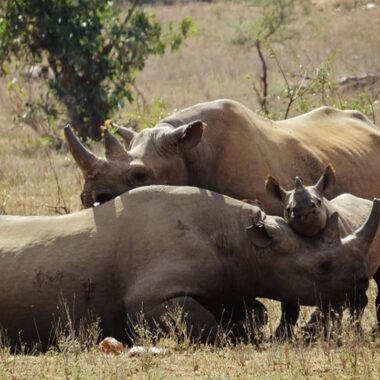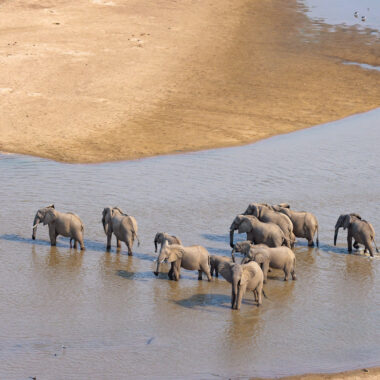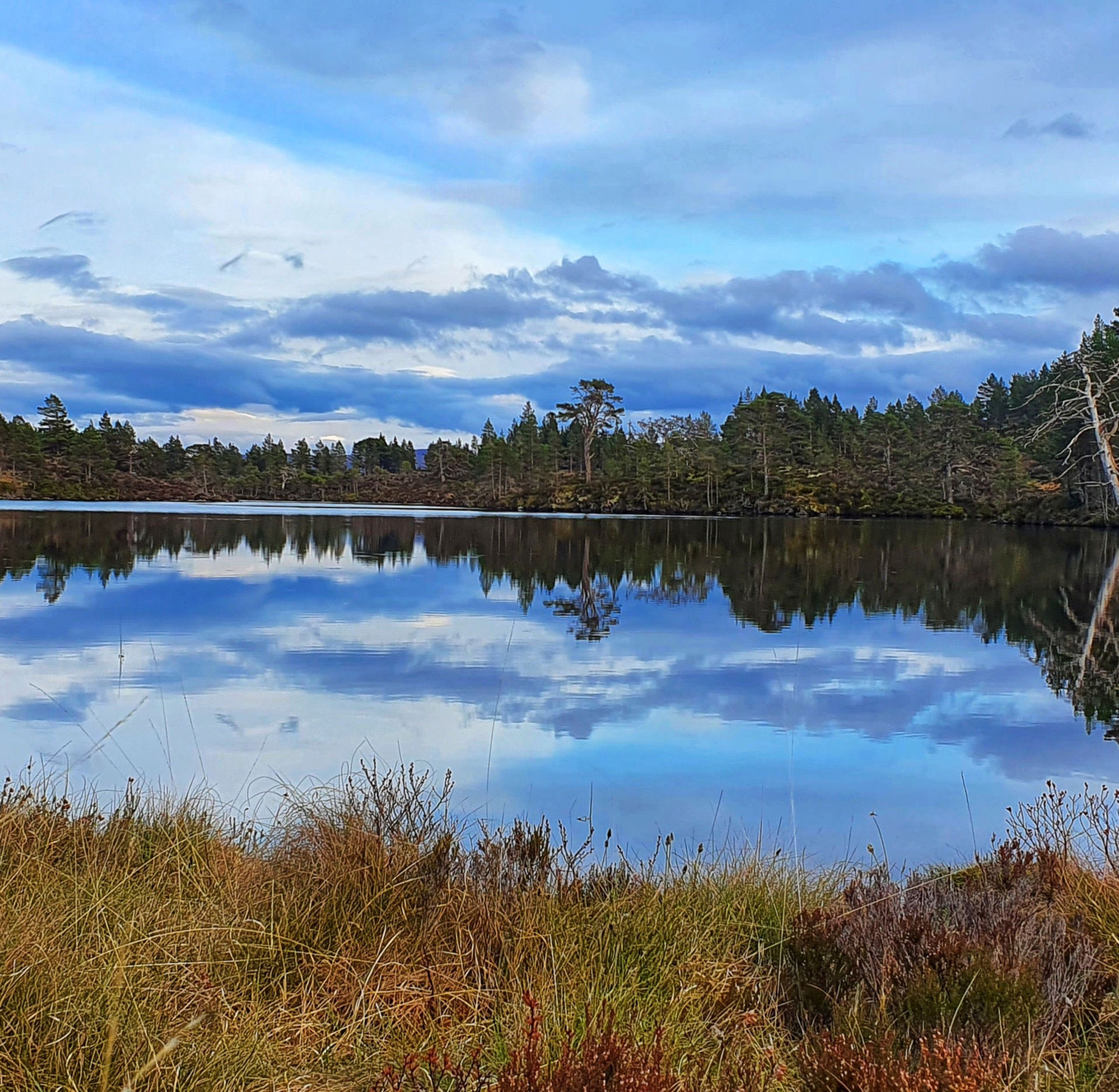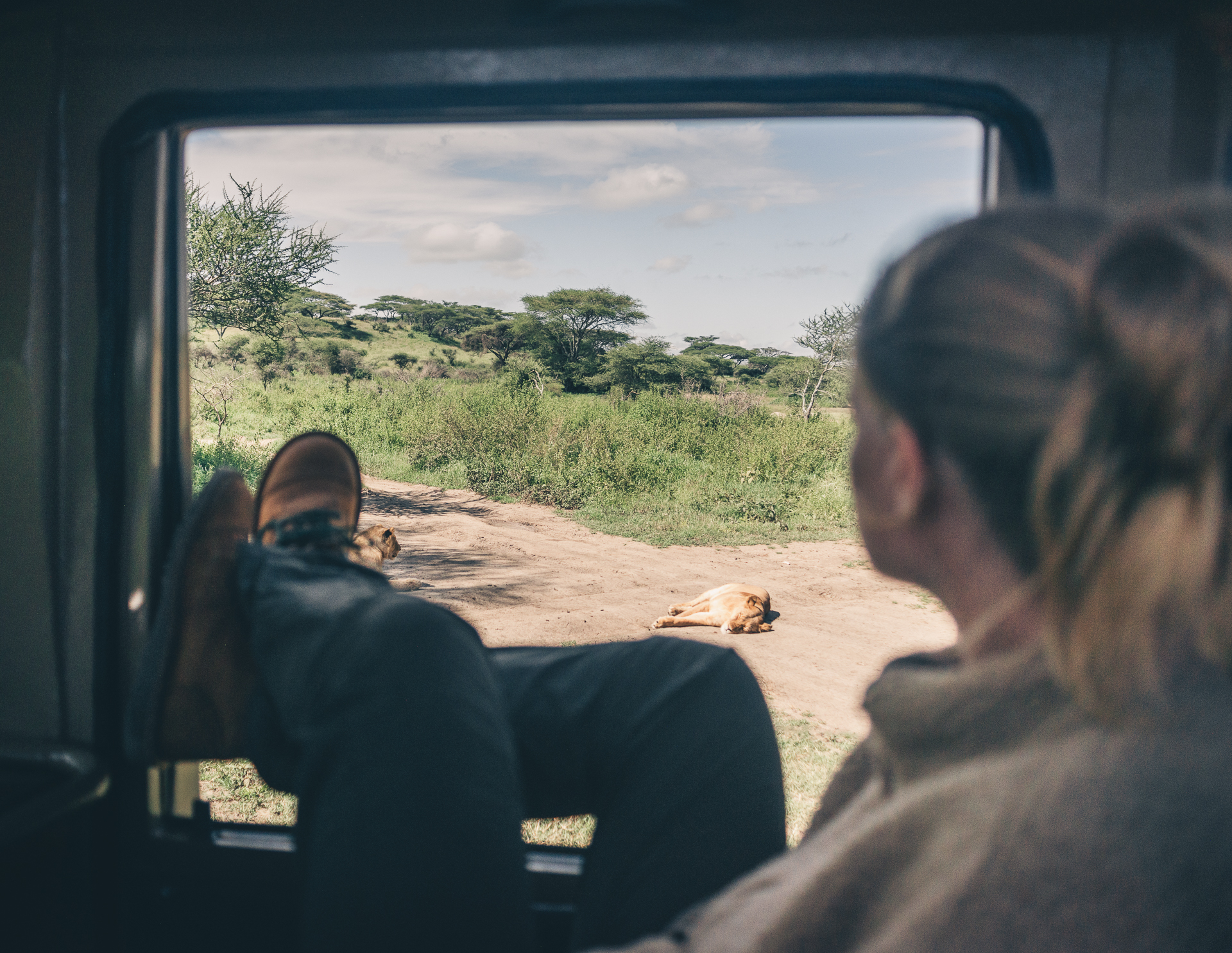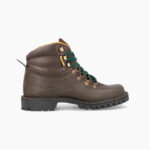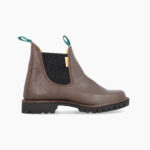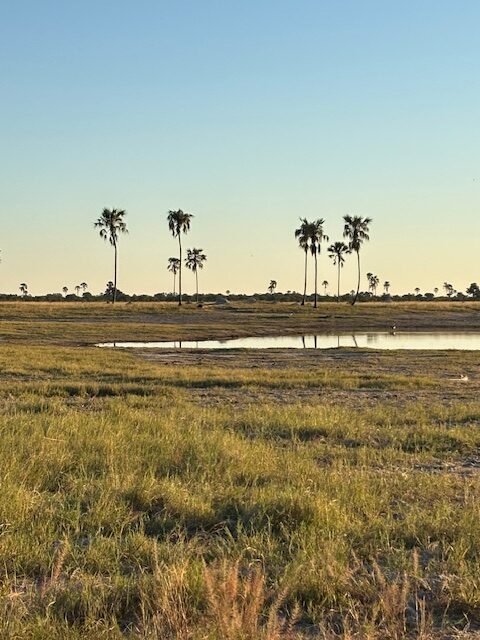
In Zimbabwe’s Hwange, a vital wildlife corridor is under threat from poaching, pressure, and the push of human expansion. But the Conservation & Wildlife Fund (CWF) is holding the line. From pioneering AI tech to community-powered patrols, their rangers are rewriting the future of this buffer zone, and Jim Green’s boots are right there with them.
Nestled on the eastern edge of Hwange National Park (HNP), Zimbabwe’s largest protected area (14,650 square kilometres) and part of the vast Kavango-Zambezi (KAZA) Transfrontier Conservation Area, this crucial buffer zone is more than a border; it’s a lifeline. Consisting of national forests, communal lands, and private ranches, it serves as a natural corridor for endangered species like wild dogs and cheetahs. But it’s also a frontline, where human-wildlife conflict, habitat degradation, and unethical hunting practices threaten the ecological integrity of the region. In response, a new model is gaining ground.
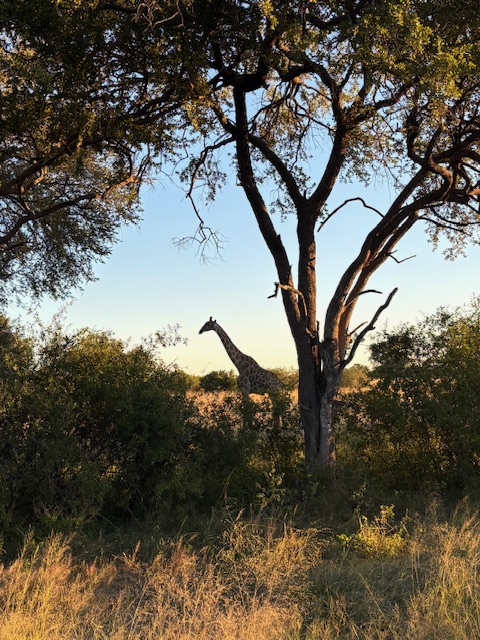
Formed in 2017 by a group of conservationists and local stakeholders, CWF’s simple but powerful mission is all about balance: create a space where people and wildlife not only coexist but thrive. Their approach is grounded in four guiding pillars: Prevent, Protect, Conserve, and Connect. From snare sweeps to storytelling, from patrol dogs to policy, every effort feeds into a bigger vision of restoring ecological function to a stressed but vital landscape.
A day in the life at Kennedy Siding, CWF’s anti-poaching base, is anything but predictable. One morning might begin with prepping a two-week patrol to a remote forward operating base, only to be rerouted hours later when a partner organisation reports a pack of denning wild dogs in a nearby hunting concession. Then suddenly it’s all hands on deck for urgent snare sweeps and monitoring. On any given day, the team could be conducting vehicle searches with the K9 unit, providing support at the Gwayi clinic, carrying out horseback patrols, or prepping firebreaks and responding to active bushfires.
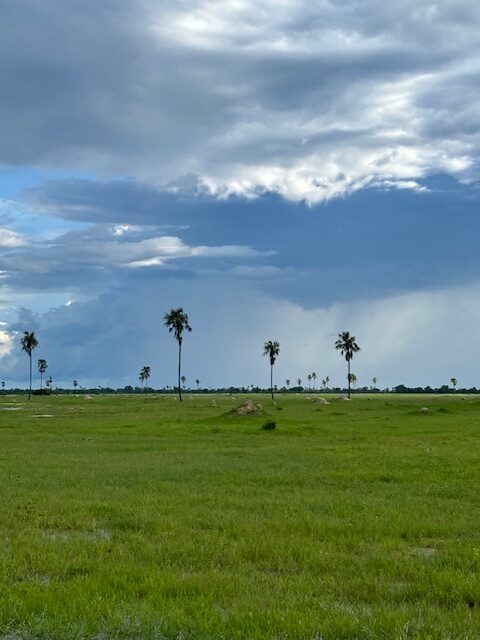
CWF’s K9 unit—the only detection dogs in the area—can sniff out bushmeat, ivory, ammo, and are now being trained to detect lion bones and pangolin scales. With the addition of horseback patrols, rangers can access more ground with less impact, especially in sensitive or inaccessible areas, without leaving a heavy footprint.
The organisation is also embracing innovation. A cutting-edge collaboration with researchers is underway using AI to identify “snare signatures”: the specific ways traps are tied, the materials used, and where they’re placed. This predictive approach helps determine where poachers are operating, making it easier to intervene early and effectively. It’s a powerful extension of CWF’s belief in prevention over reaction.
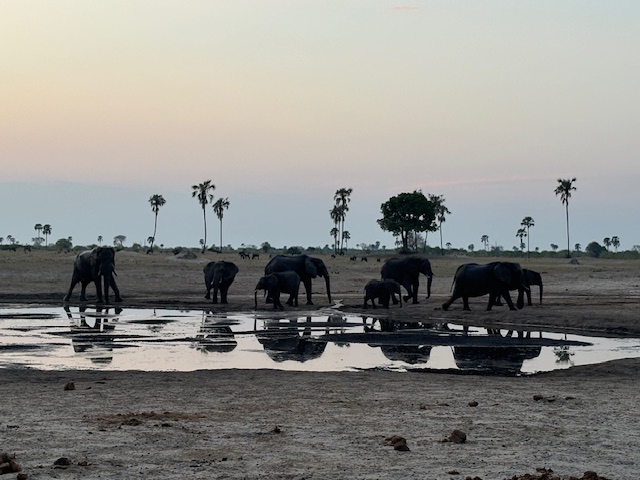
Much of their success is driven by people who live and work in the landscape. Two of CWF’s newest female rangers began as volunteers in the local community, earning trust long before they put on a uniform. Today, they’re not just patrolling the bush, they’re also educators, liaisons, and champions for conservation, helping CWF listen and respond to community needs with respect and dignity.
At the helm of this effort is Debra Ogilvie-Roodt, CWF’s Conservation Lead. “I joined CWF in October 2024 after two decades working around the globe in both for-profit and nonprofit spaces,” she says. “But I was born and raised in Zimbabwe, and always felt the pull to come home and protect the wild places that shaped me. I know the extent to which humans flourish is deeply dependent on the extent to which we connect to and understand nature.”

We couldn’t agree more. That’s why, as part of our ongoing Boots for Rangers initiative with the Game Rangers Association of Africa, we’ll keep supporting the people who protect it, one boot drop at a time. And those boots don’t sit still for long.
“The boots don’t sink when you’re running, they’re light and made from strong leather,” says Vee Mudimba, a ranger at CWF. When your patrol route covers dense forest, rocky ridges, floodplains, and savannah, comfort and durability matter.
We couldn’t agree more. That’s why we’ll keep supporting the people who protect it, one boot drop at a time.
Here’s to wild spaces, determined rangers, and boots built to last.
Cheers,
The Jim Green Team
Through our Boots for Rangers initiative, run in partnership with the Game Rangers Association of Africa, we donate one pair of boots to a ranger for every ten pairs sold from our Ranger range. These boots are now supporting conservation teams at sites across Africa, with over 6,000 pairs already on the ground.



